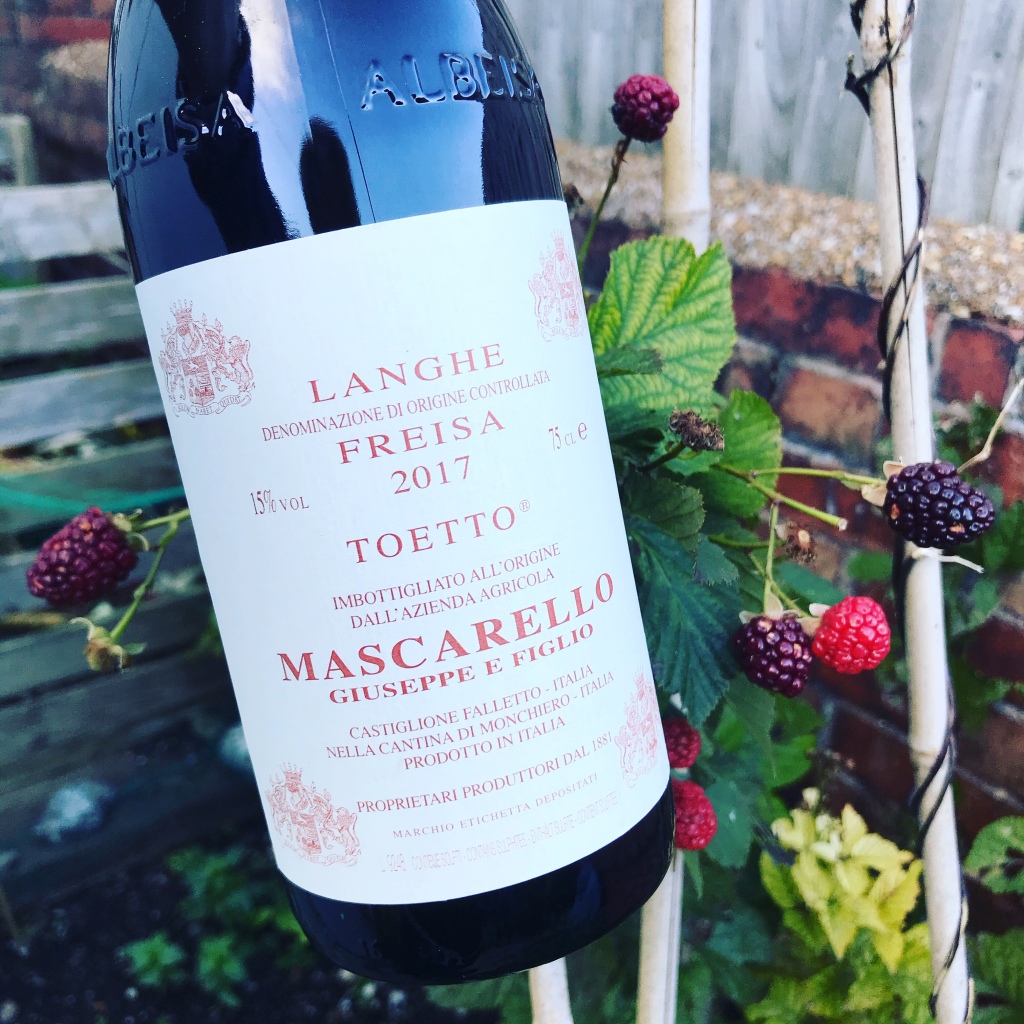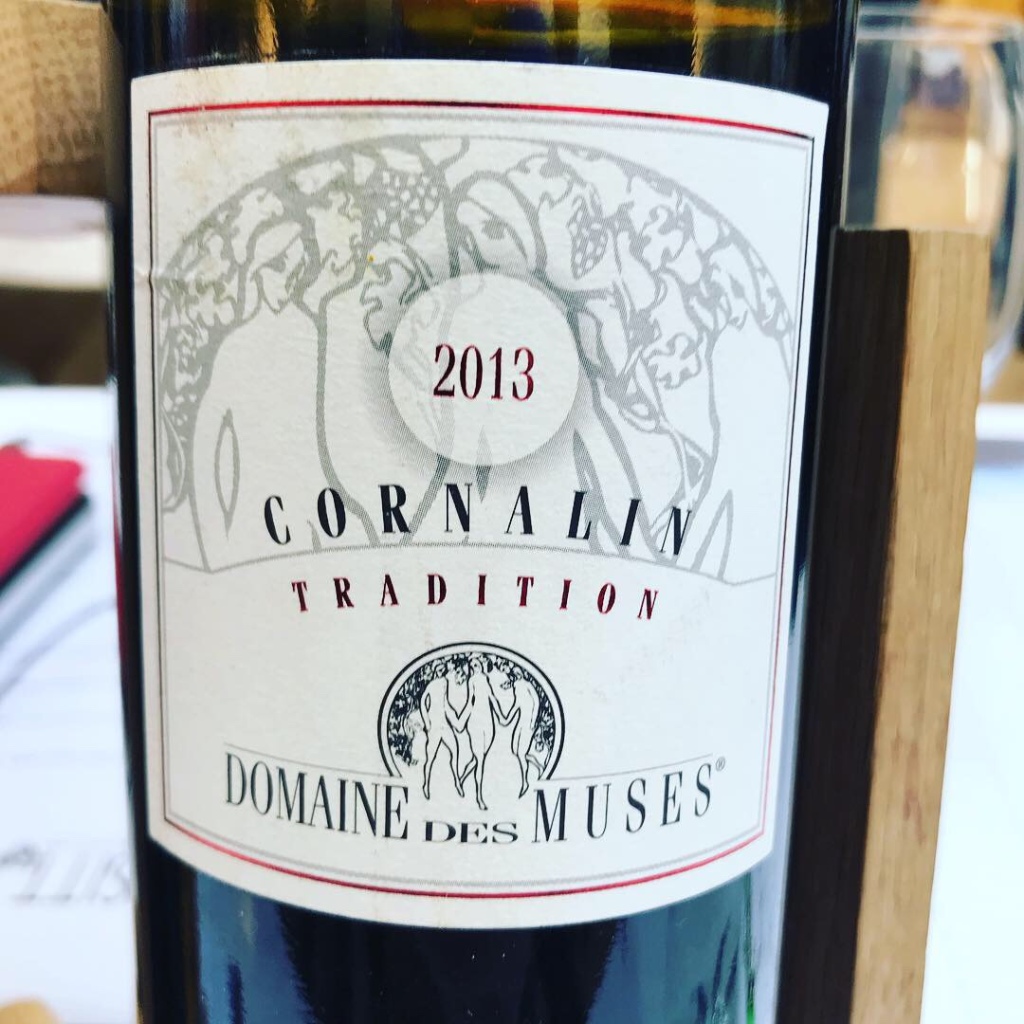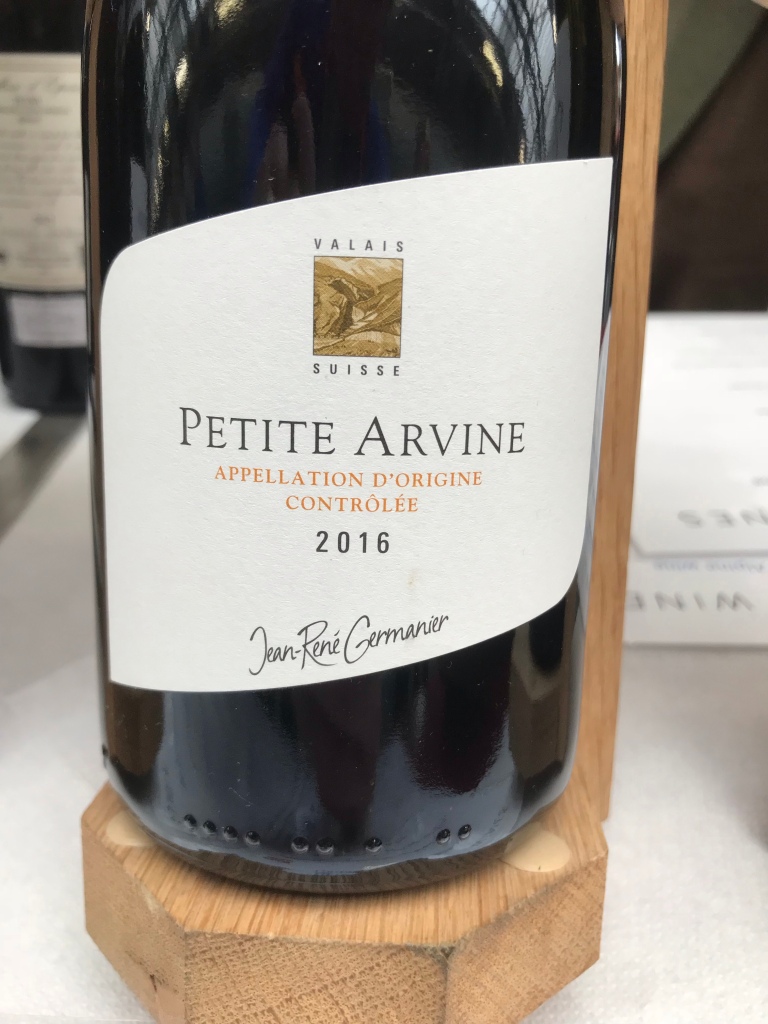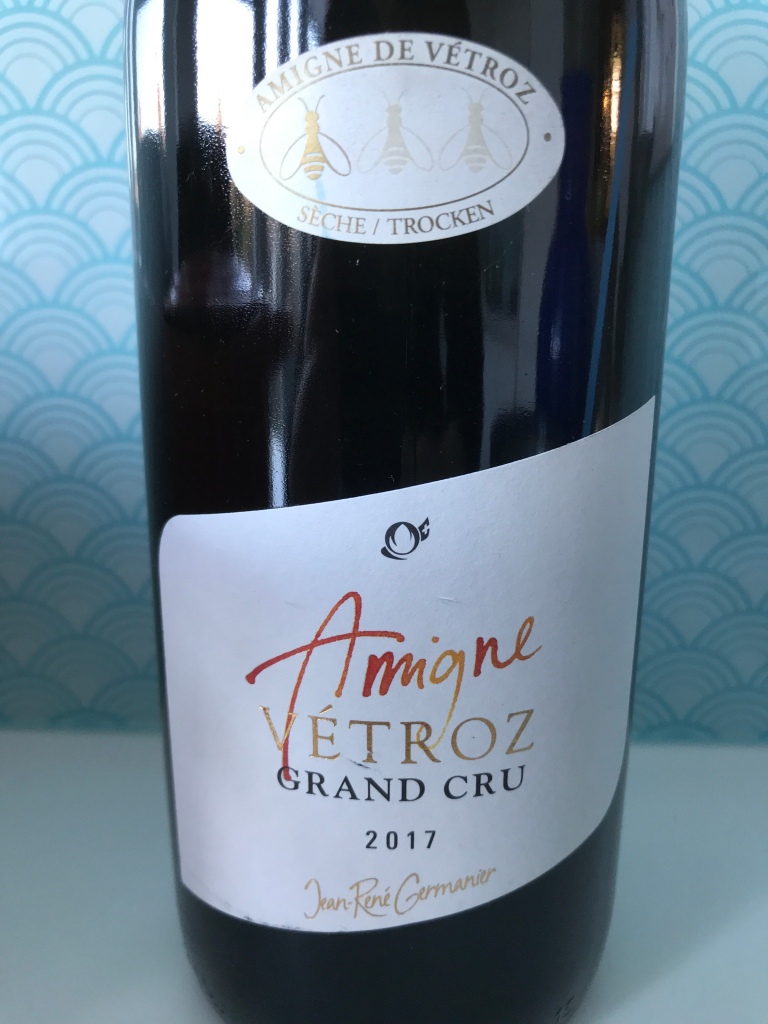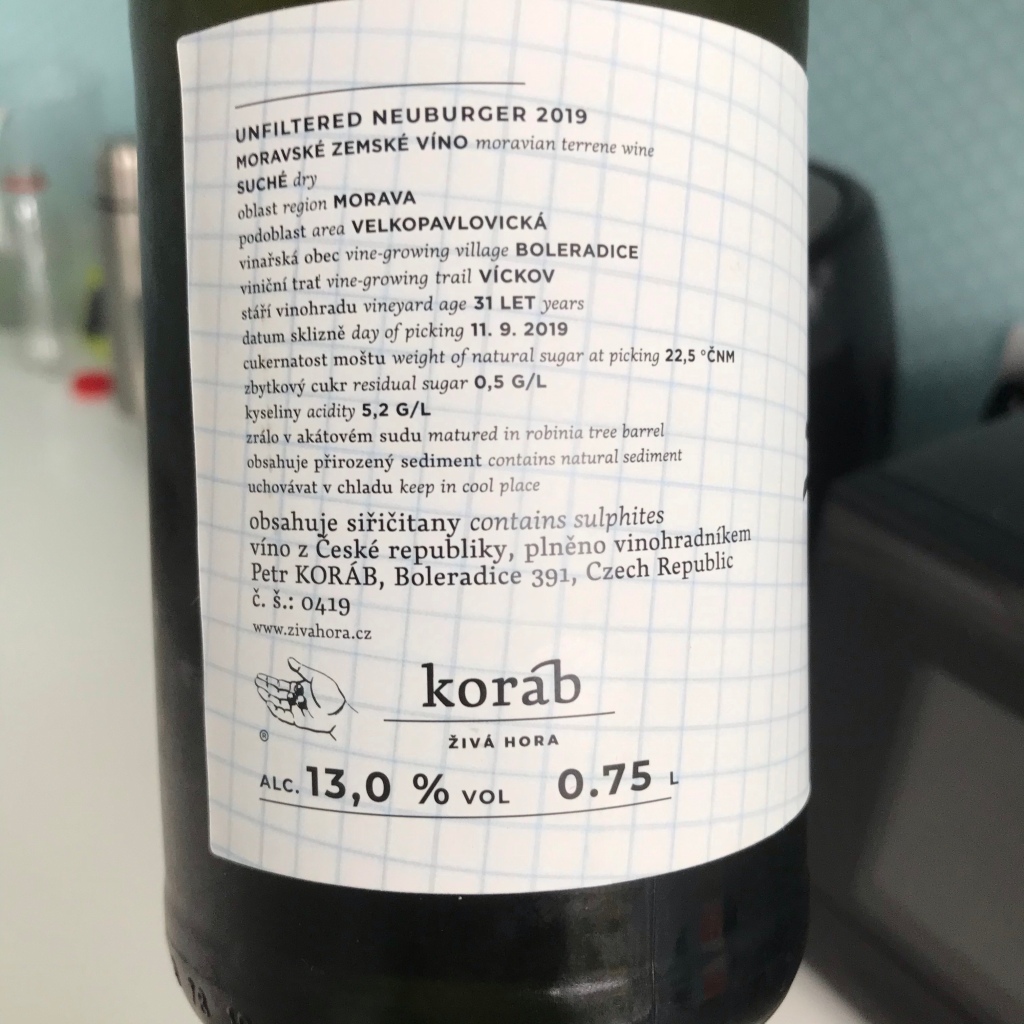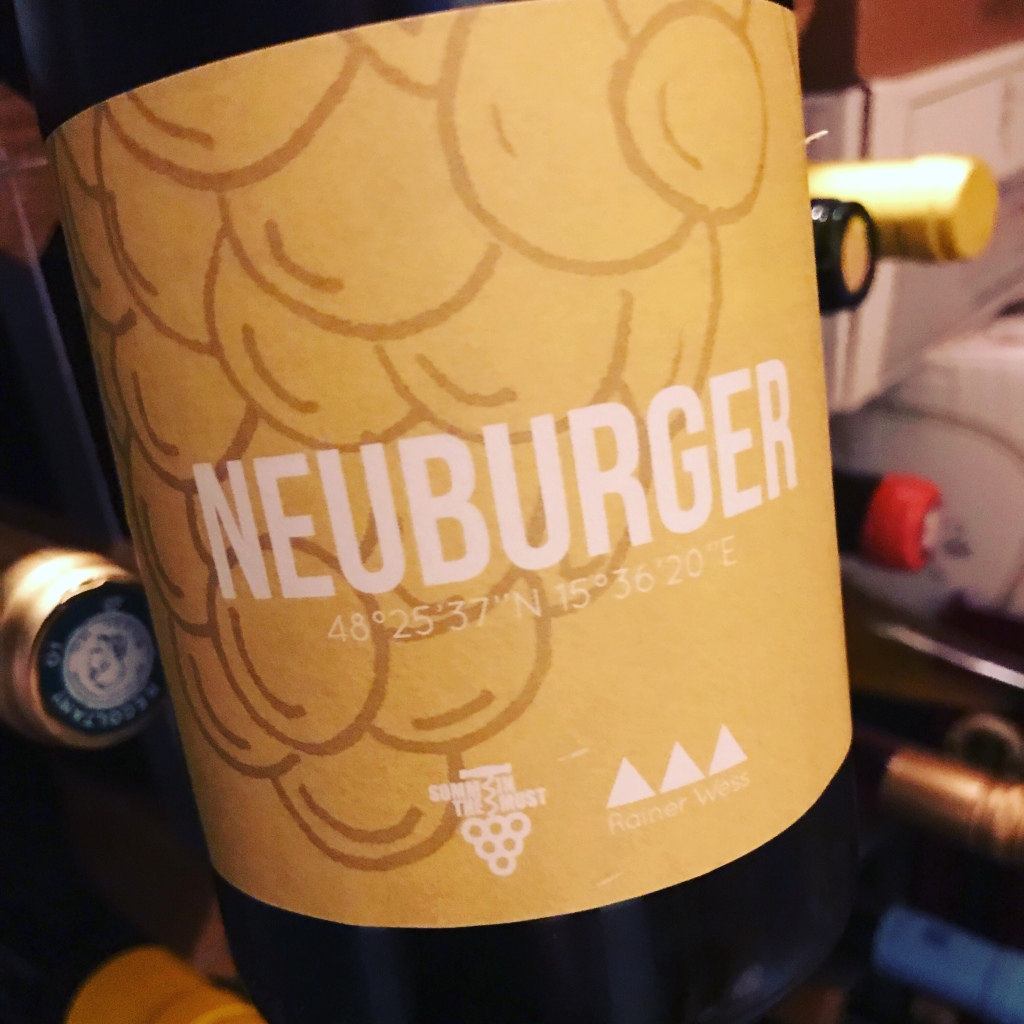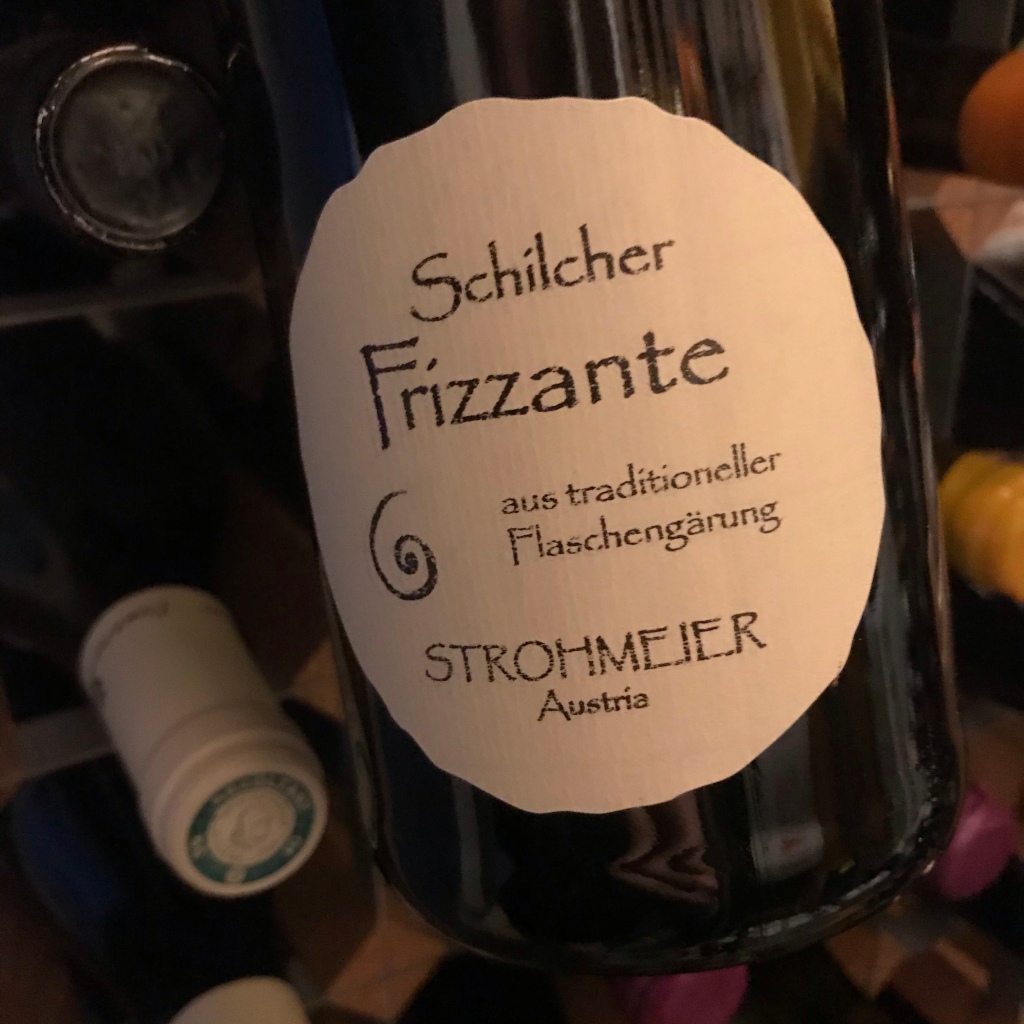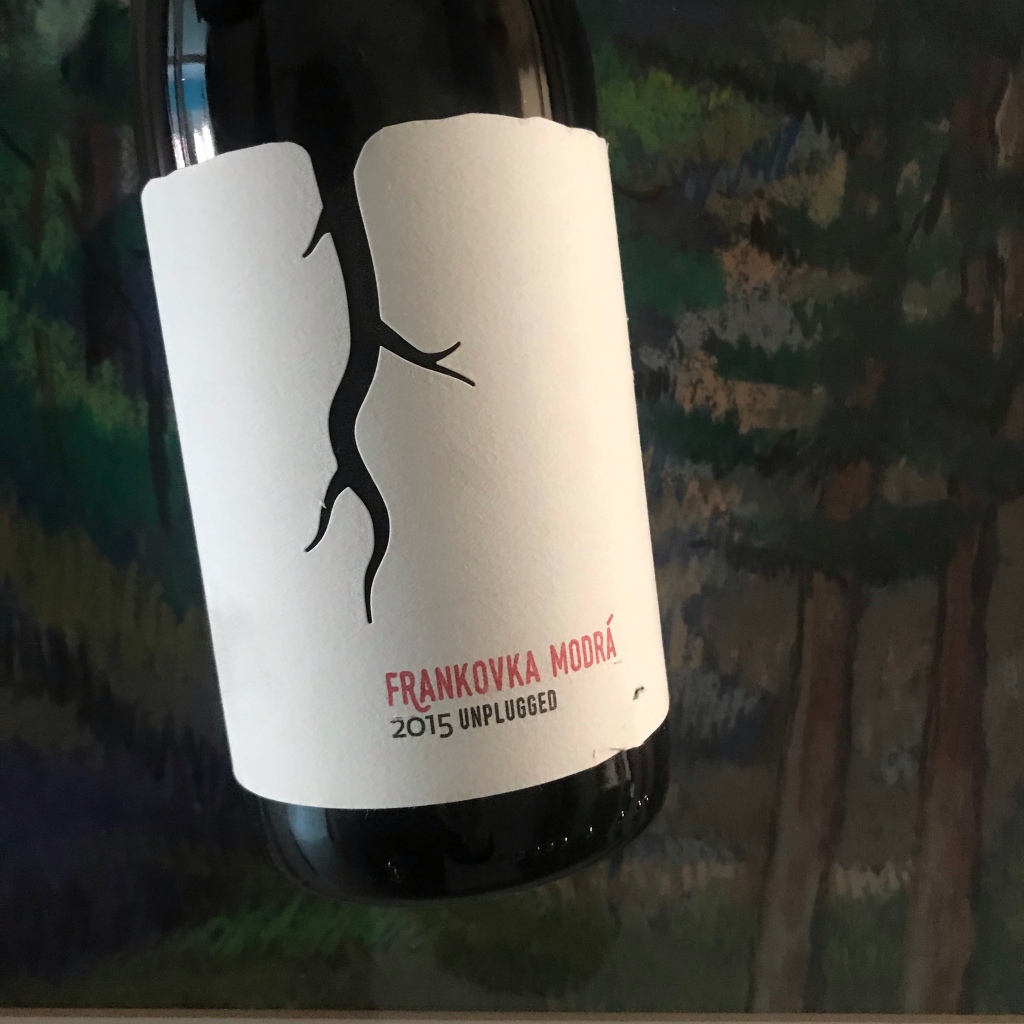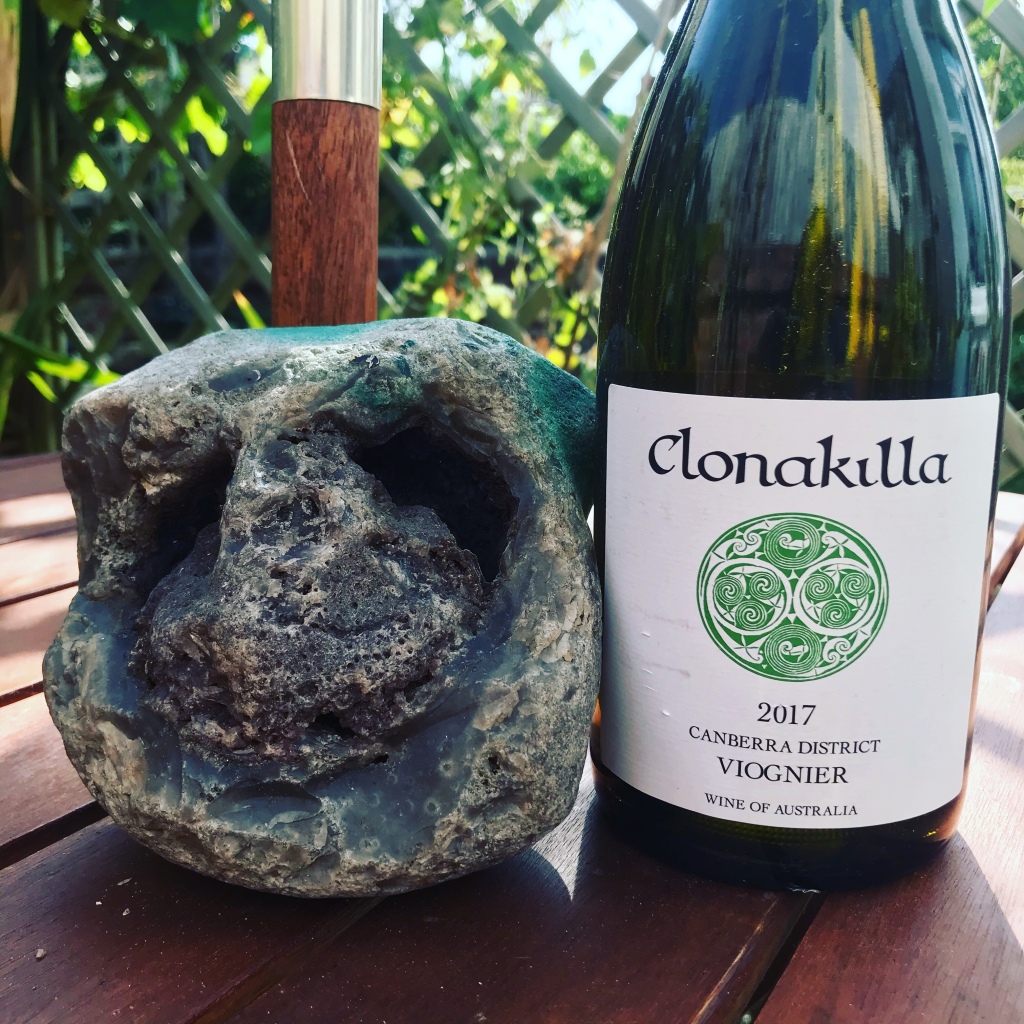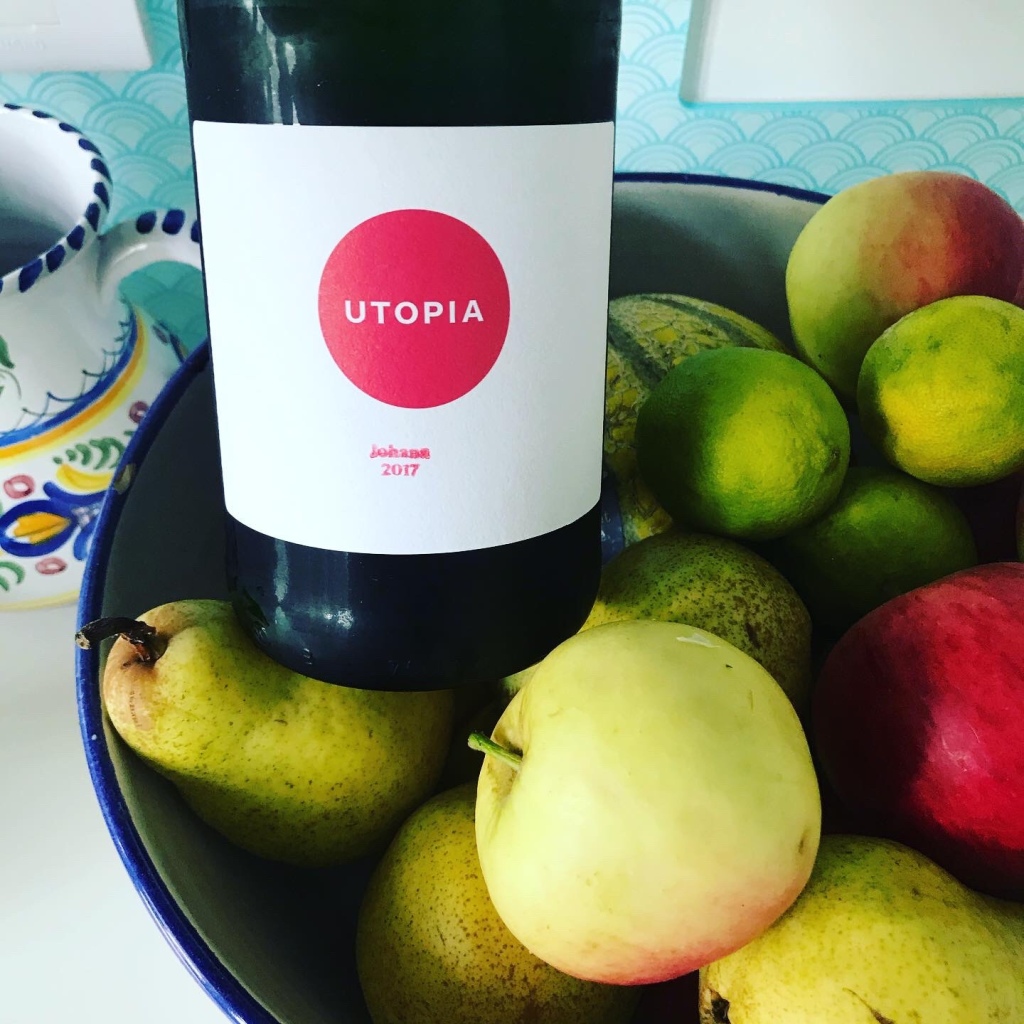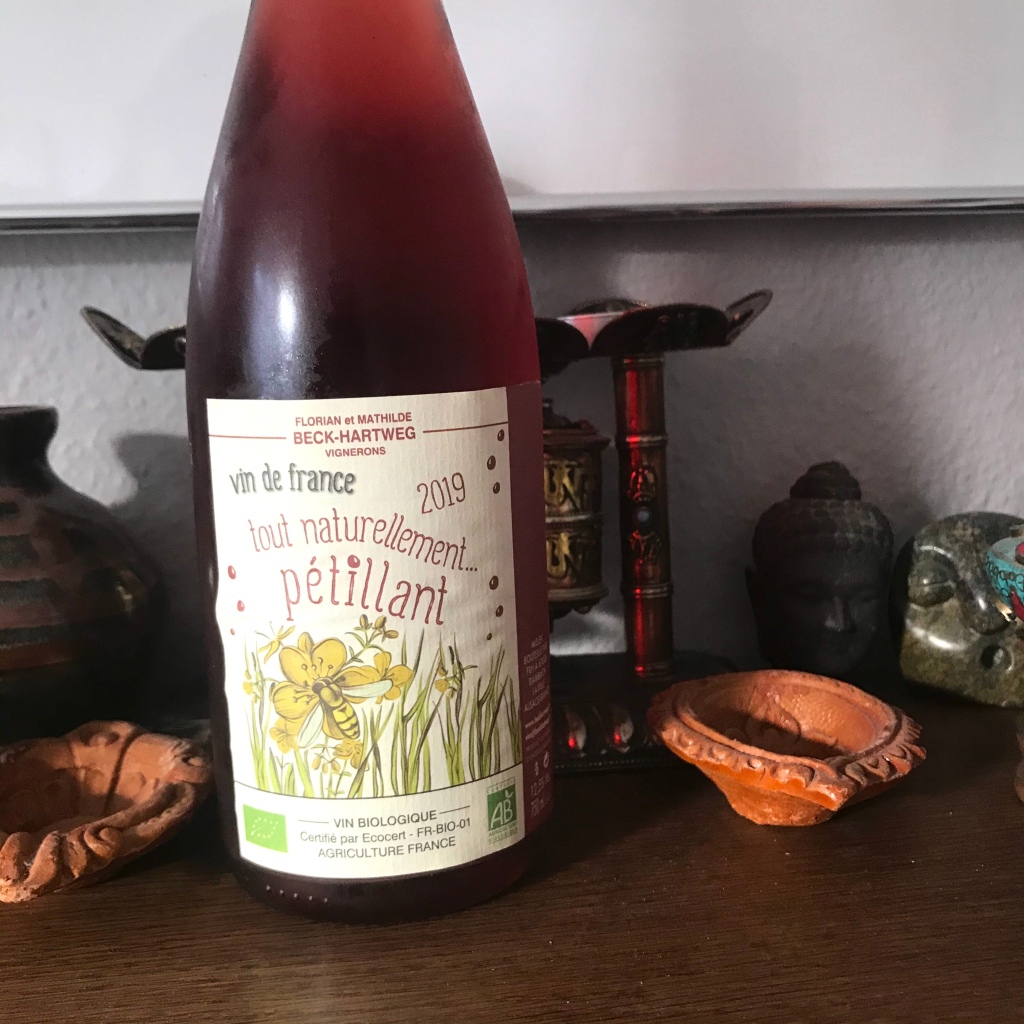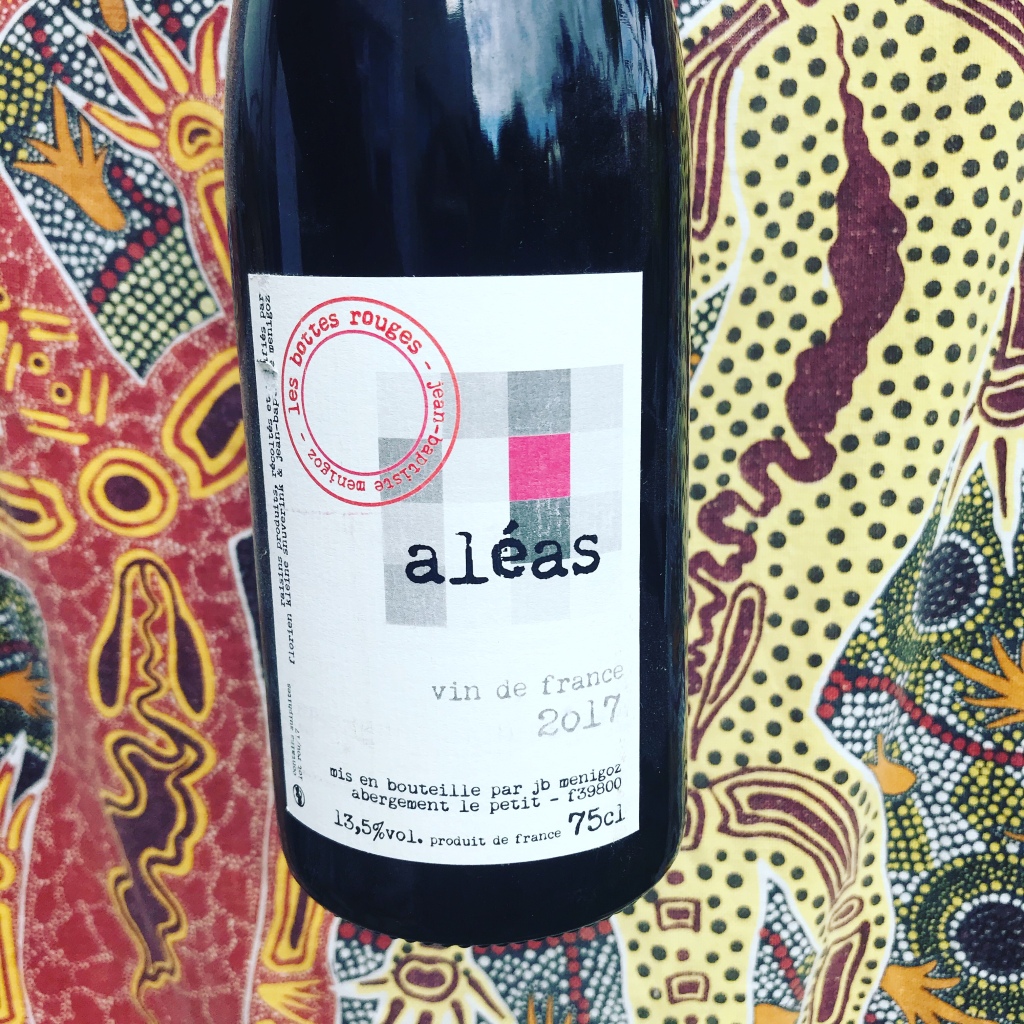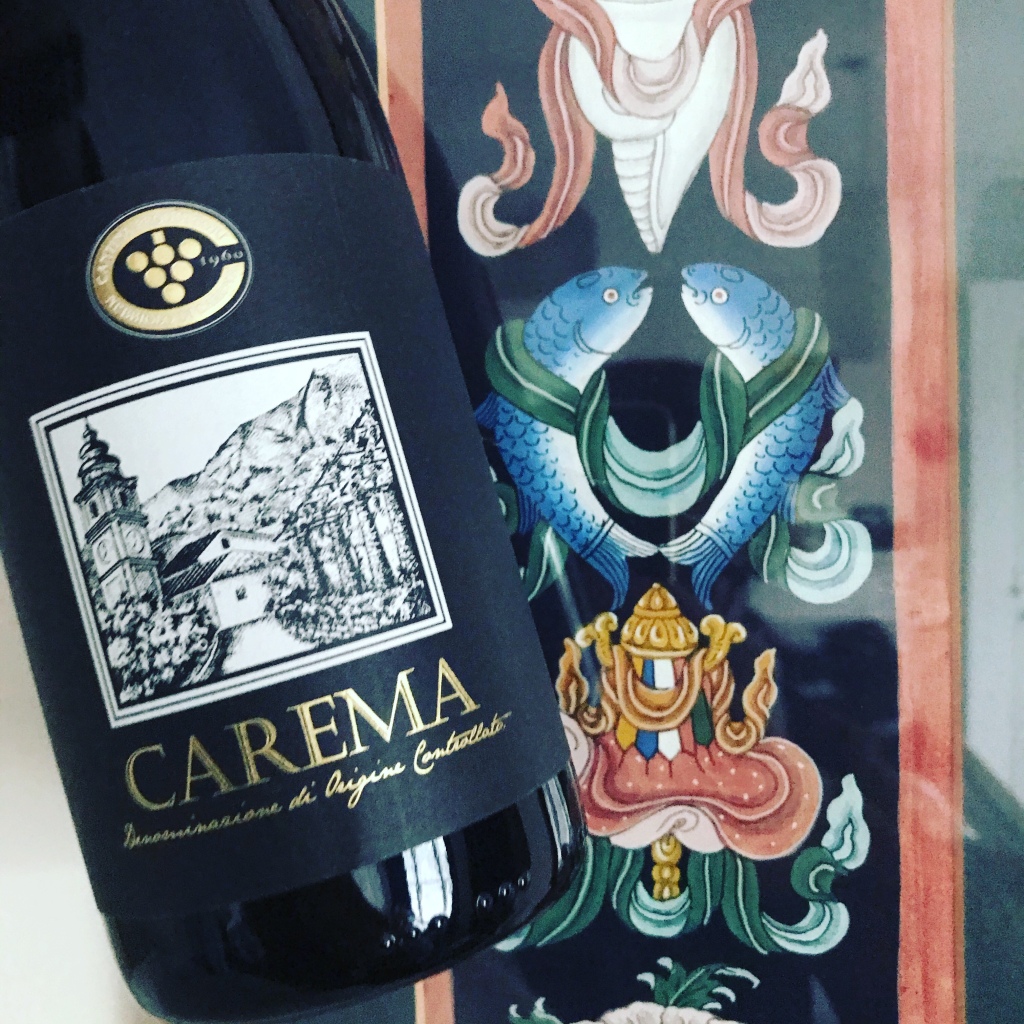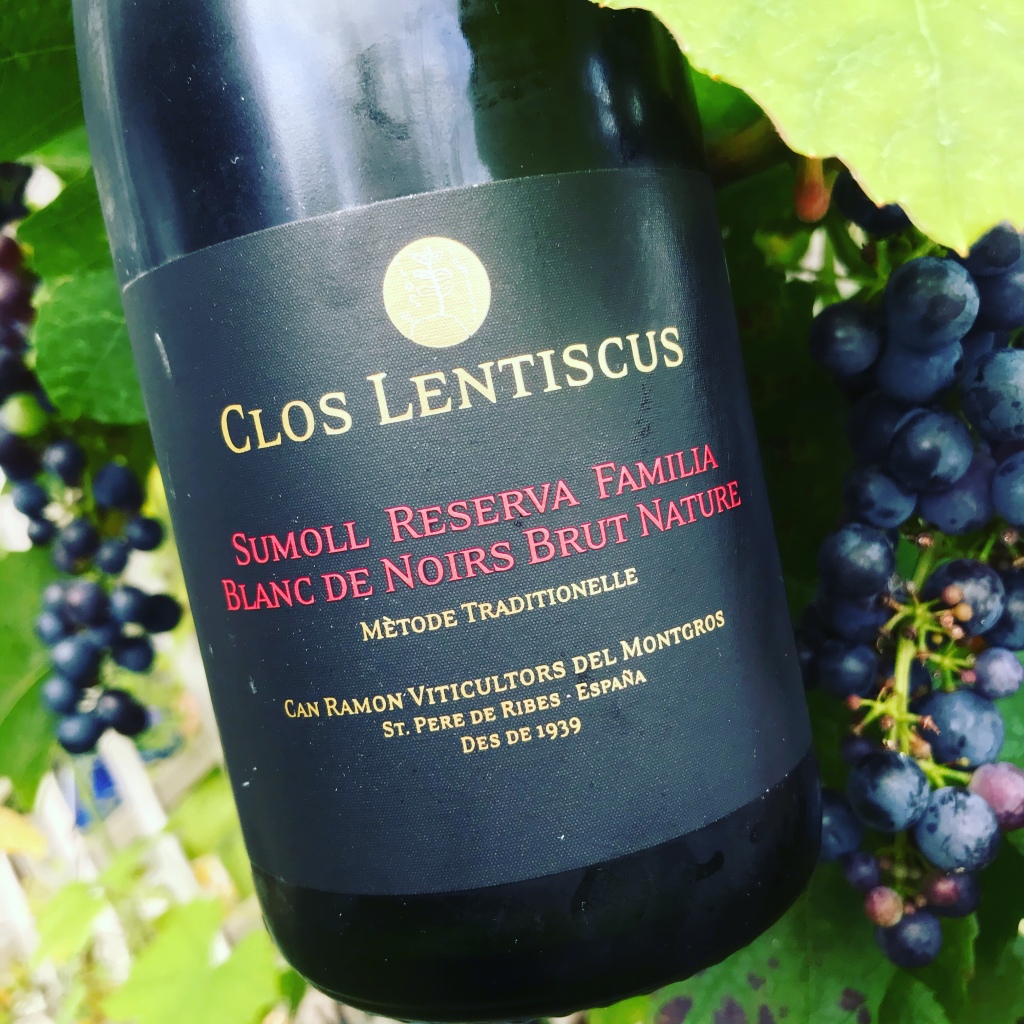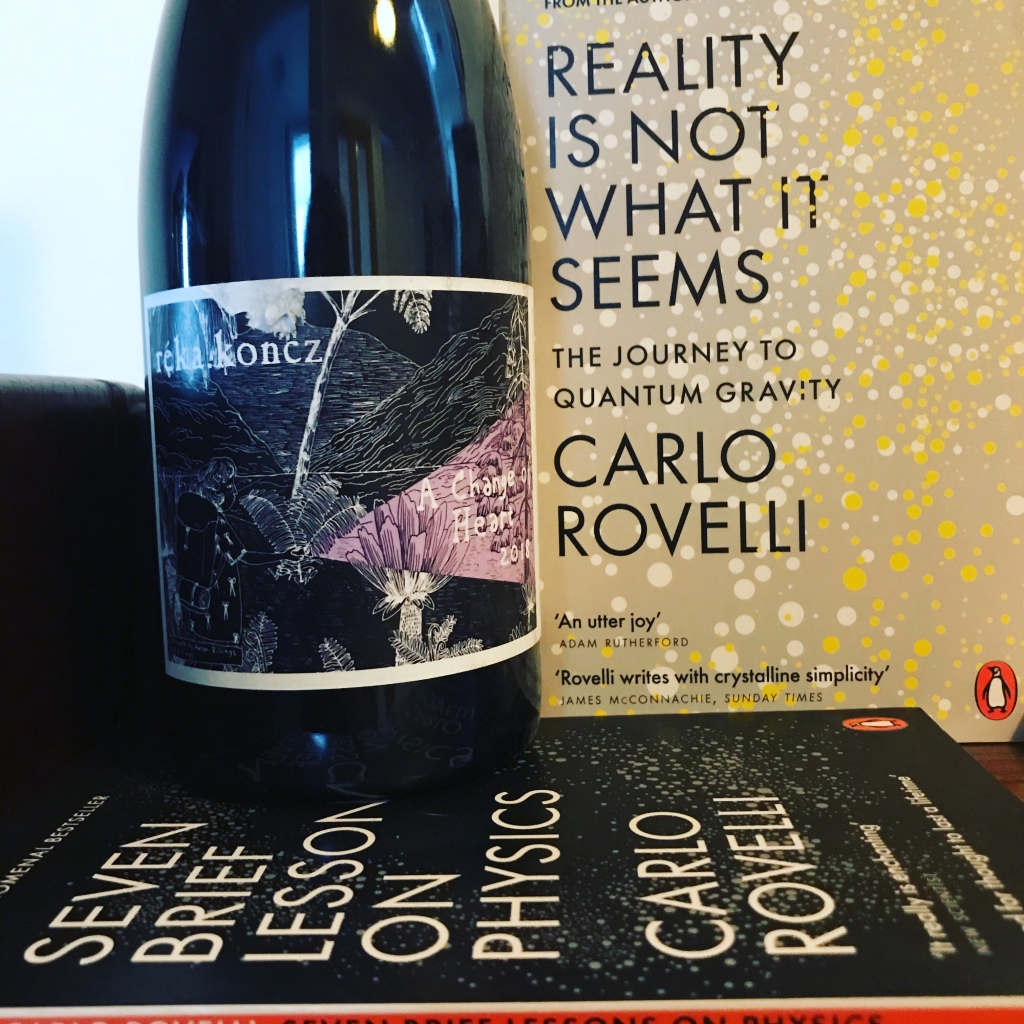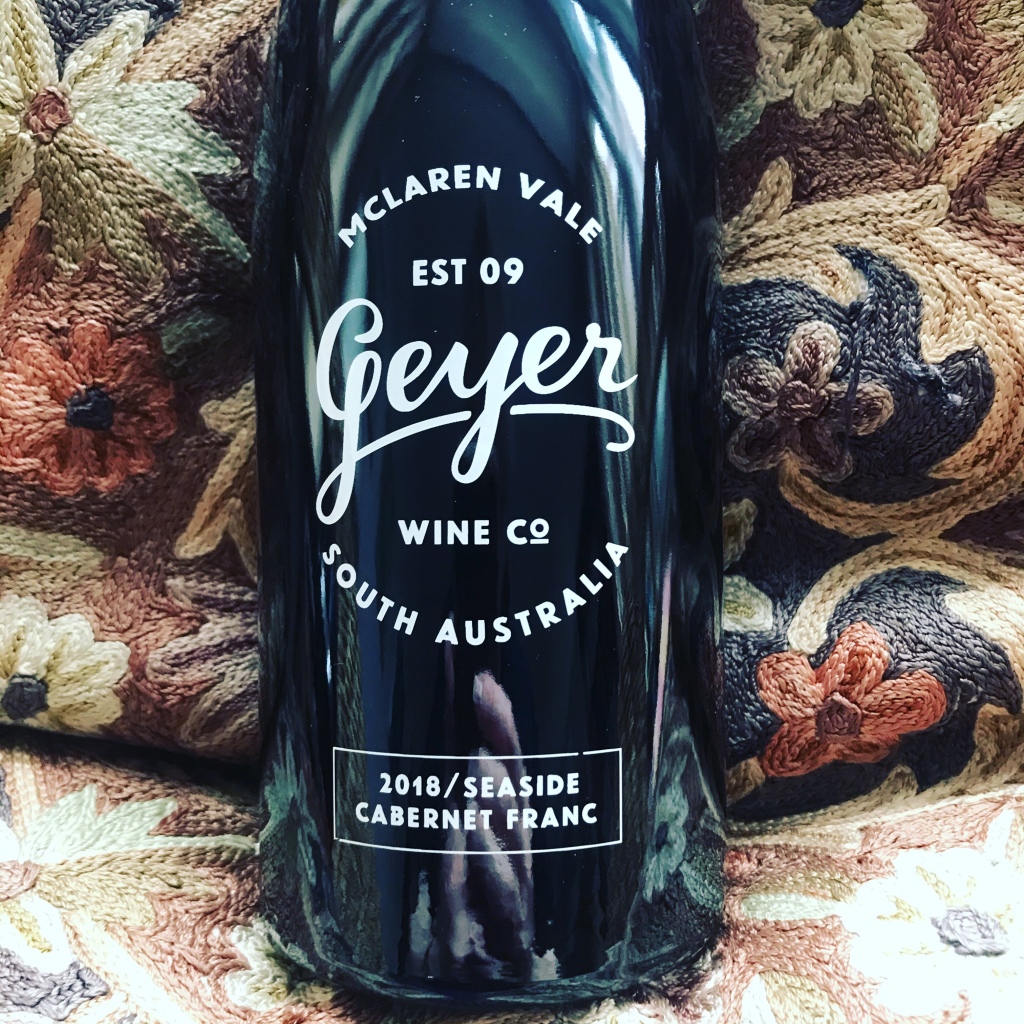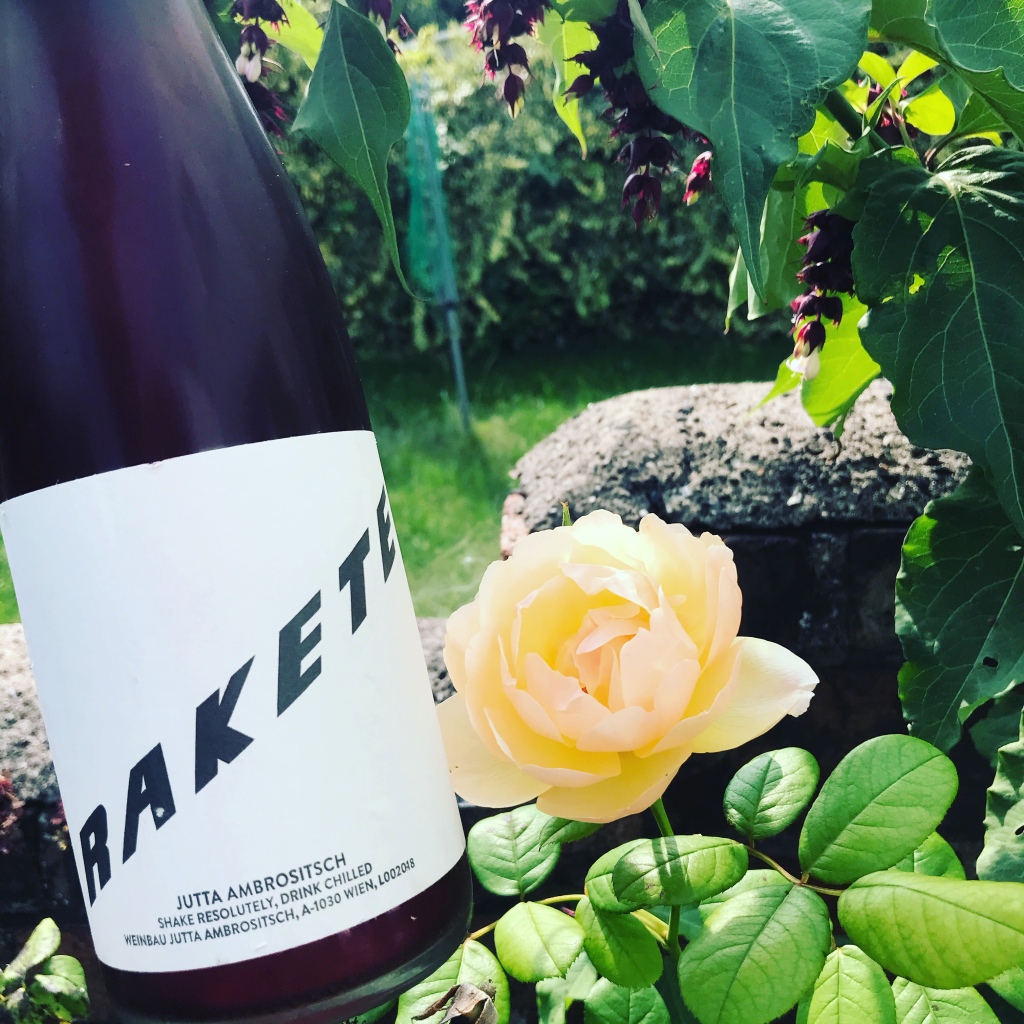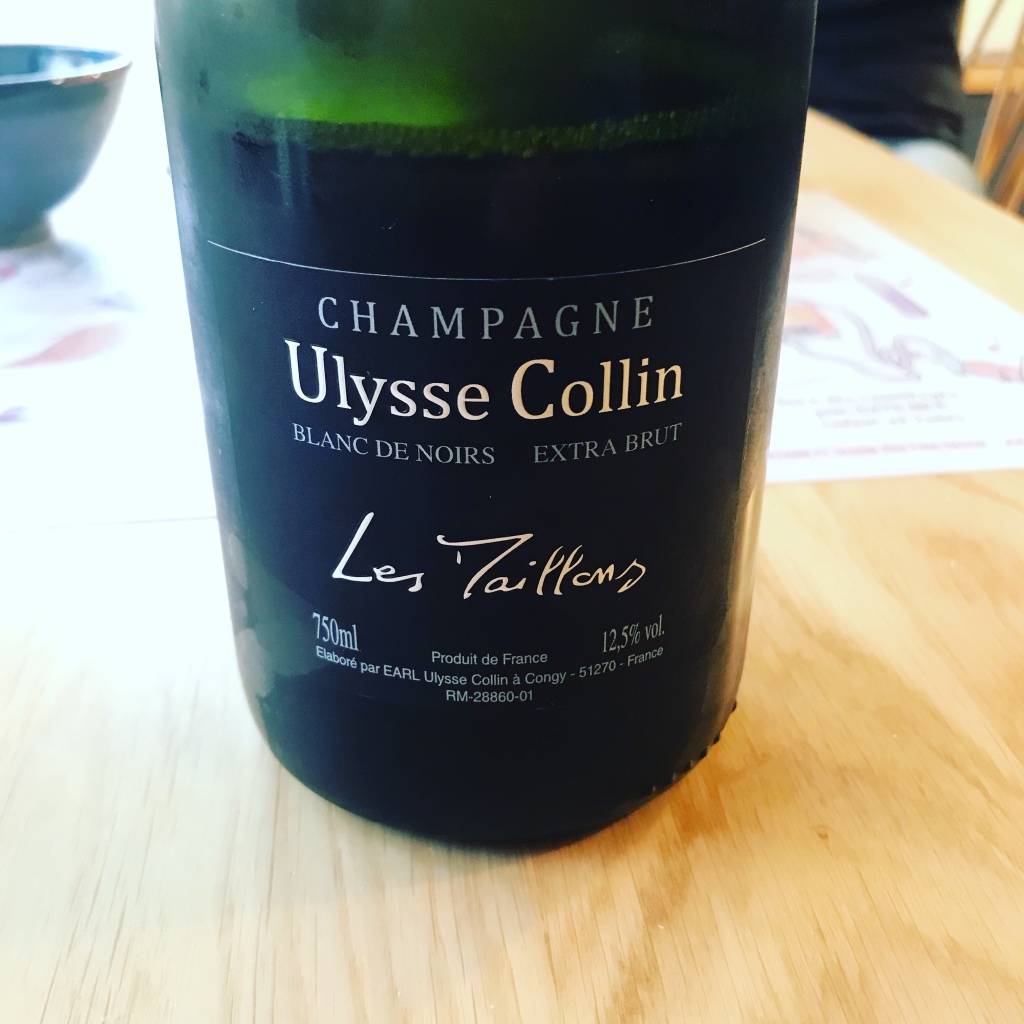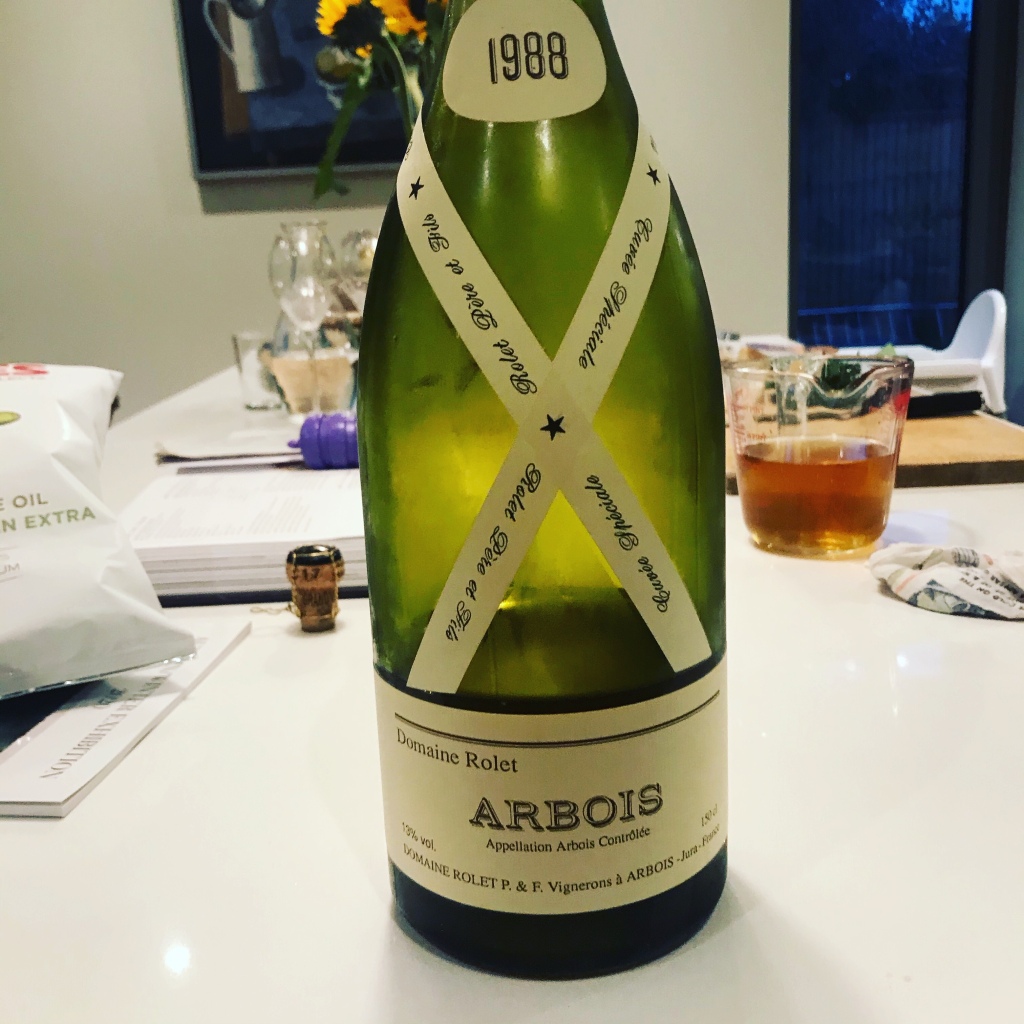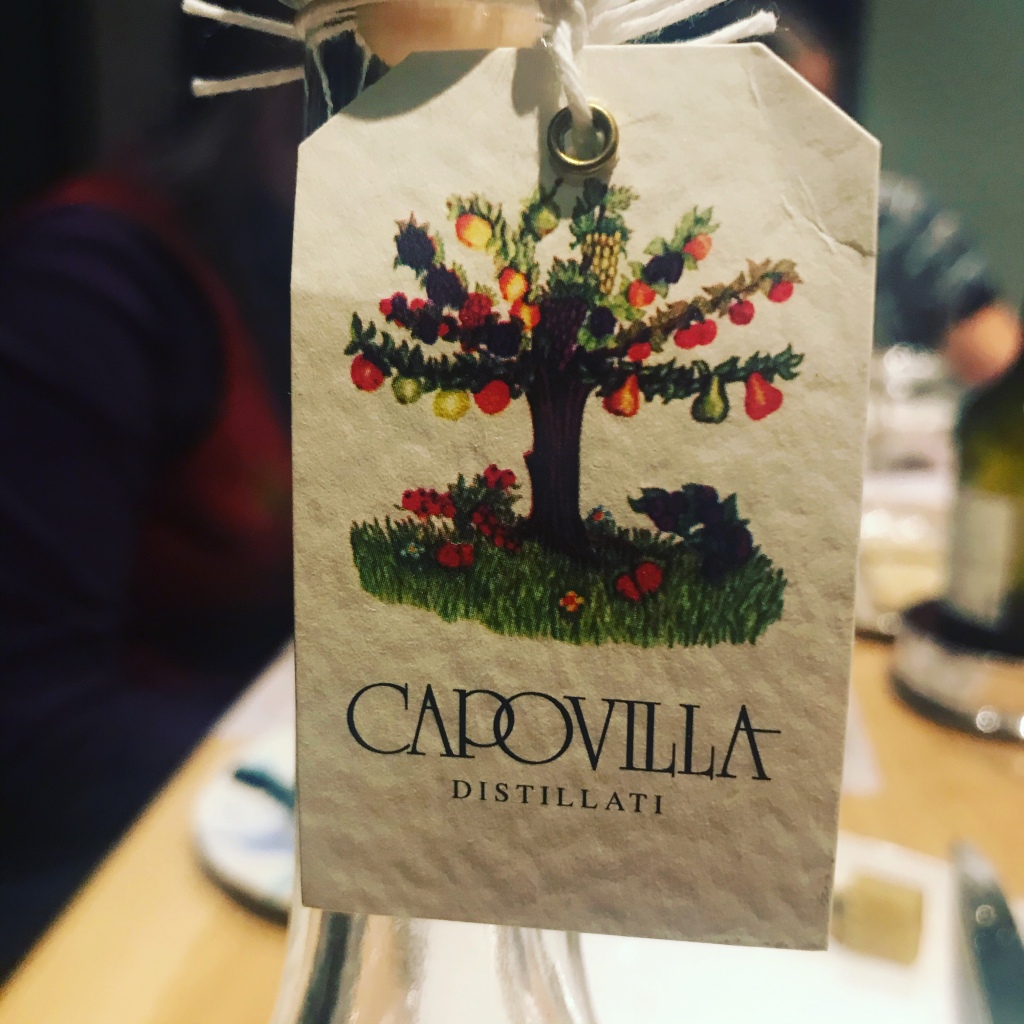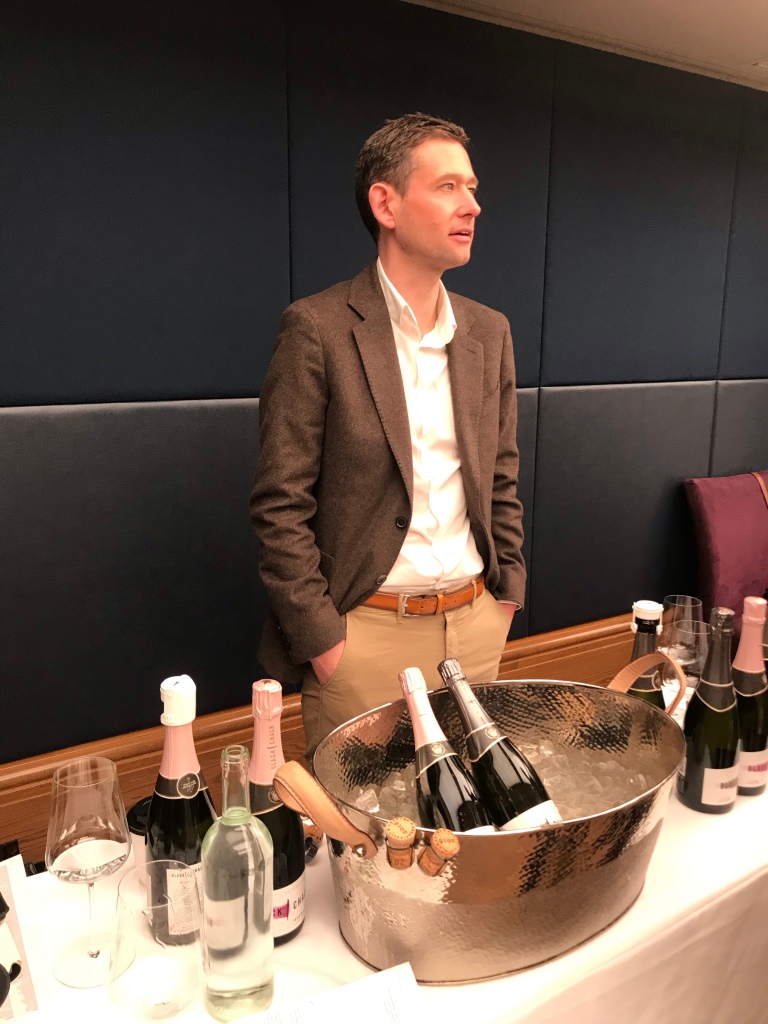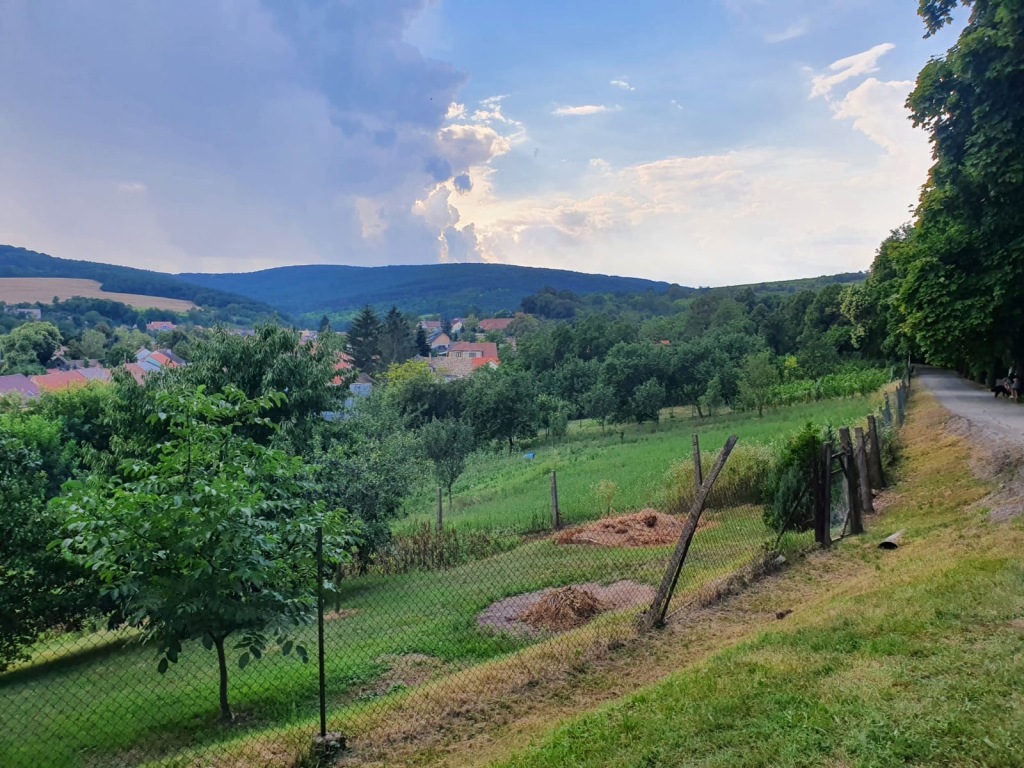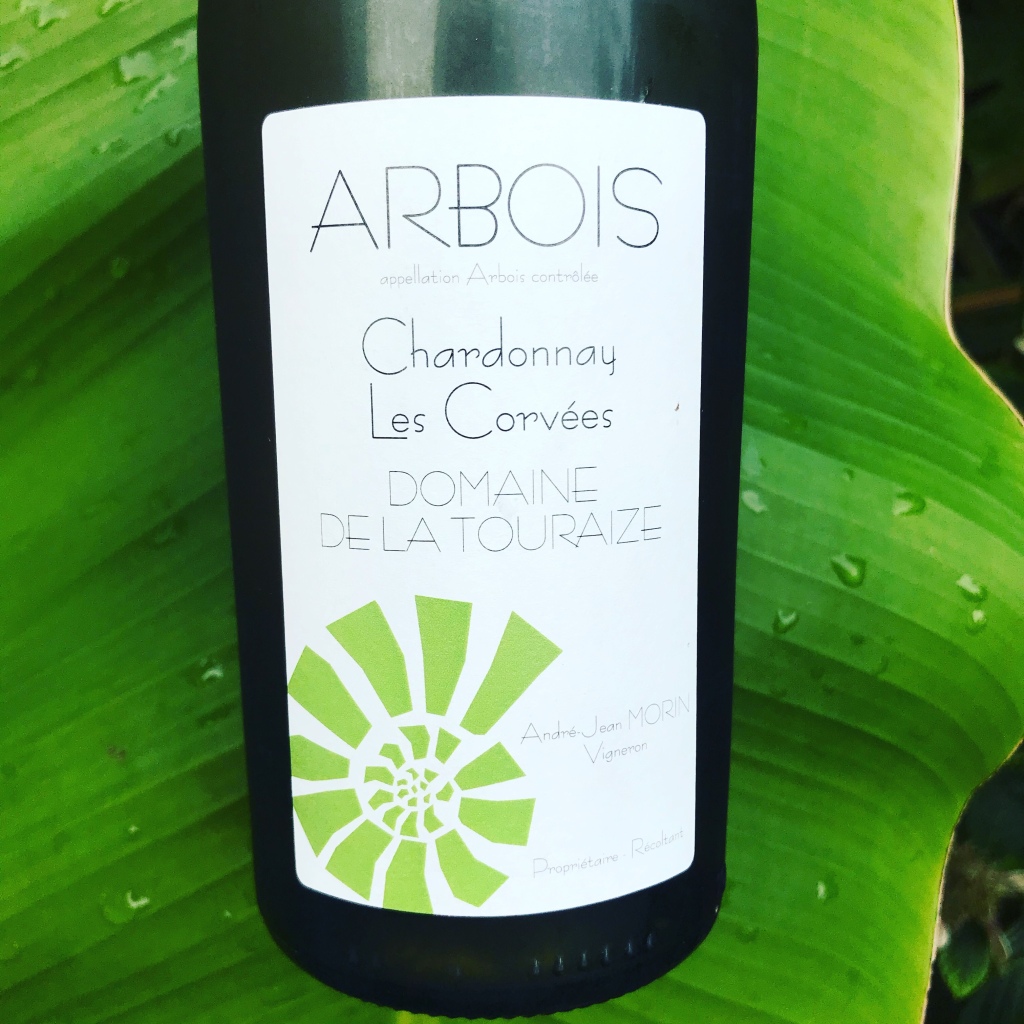There was a time when the UK was acknowledged the best place to buy wine in the world. As we didn’t (as the received wisdom at the time went) have a “proper” wine industry of our own, you could by way of compensation buy anything you wanted here. Well, now we make our own world class wines, but if you still think we have the best market for wine in the world, you probably need to get out more. Other markets have woken up just as our own has begun to prove, for several reasons, not just “Brexit”, a little less attractive to exporters.
What other markets are lapping up is that which is new and exciting. How many UK wine merchants have been happy to fall back on yet another Crozes-Hermitage, Sancerre or Rioja of middling quality? I know wine shops abroad which have never sold such wines. Admittedly my wish list here is for wines which are not going to appeal to the mass market, but they are cutting edge wine regions which produce wines which are already entering markets which still have their finger on the pulse.
I try, generally, not to come across as if I’m blowing my own trumpet but I do know for a fact that there are wines available in the UK as a result of me having written about them. There are one or two producers who owe me a bottle, not that I’ve ever been sent one (which at least helps maintain my independence). But the boundaries are forever pushing forward and I think it’s about time that the British public were introduced to wines which the coolest markets in the world are starting to enjoy.
I’ve always been one of those awkward customers. It was probably my third visit to a Majestic Wine Warehouse in the 1980s when I asked whether they had any wine from Oregon. I gave up on ever seeing Jura wine here until, miraculously, Wink Lorch came along and assisted the journey to cult status for that small region in Eastern France. If you read this blog even sporadically you will know my tastes are not mainstream. I’d like to think I’m just a restless explorer seeking out tomorrow’s stars, but there’s plenty I can’t find in the UK. This article lists a few regions I’d like to be able to buy without an expensive trip overseas.
Japan
I’m starting with the most difficult of all. It was only on my fourth trip to Japan that I first visited a wine region, although long before that I could not fail to notice how Japan had embraced wine, especially natural wine. The region wasn’t Yamanashi, where the big names have been producing often excellent bottles of Koshu which could be found in the UK if you looked really hard (or, for a while, merely visited Marks & Spencer’s wine departments). No, it was Nagano, where some of the most exciting wines are being made on the slopes below the Japan Alps.
Nagano is drier (relatively) to Yamanashi and perhaps a little higher. All the classic French grapes excel in places, but the outliers are more exciting in many cases. I’ve tasted remarkably good Albariño, for example, from one of Japan’s finest winemakers, Akihiko Soga (one g) at Domaine Sogga (two g’s) in Obuse, which Jamie Goode described last year as Nagano’s finest winery. But there’s a lot more besides.
Japanese winemakers, many but not all introduced in Anthony Rose’s excellent “Sake and the Wines of Japan” (Infinite Ideas, 2018), have taken to natural wine (to a degree) despite a difficult climate because of the philosophy behind it. Minimal intervention and purity suit the Japanese psyche…and in Japan a well-designed, bright and modern graphic label goes a long way too. Most Brits, let’s face it, may hardly be aware Japan has a vibrant wine industry. As a result it will take a lot to get these wines to the UK but Jamie Goode has built up expertise from visits there, as well as Rose, and those are sources to tap. I shall be carrying on my research as soon as the Clampdown allows. Some of these wines would be a good fit for the European wine bar scene.
In the meantime, if you want to know where all those unicorn wines which you used to find in the UK have gone, explore the wine bars of wider Tokyo.

The Auvergne
This remote region of Central France has made wine for decades. I recall Yapp Brothers (Wiltshire) used to tap into the value wines of the co-operatives there (doubtless they still do). But it has become “natural wine central” by dint of the affordable land, which just happens to be great volcanic terroir for glouglou reds in particular. Gamay and Pinot Noir are often the most favoured varieties.
One or two UK wine importers are onto this, if I’m fair. Gergovie (London) is one, and you can usually find a good example or two at their 42 Maltby Street restaurant (a place which no one should need an excuse to visit). But I mention the region here because in France you can even buy a book about the Auvergne’s natural wine stars. It’s the second in the series “Entre Les Vignes” by Guillaume Laroche and others. Sadly it’s not, as far as I know, available in English (the first book, on Burgundy, is), but it does help illustrate, because there’s a market for the book, that the wines of the Auvergne are thriving.
Bugey
Bugey sits to the west of the wine regions of Savoie and south of Jura in France’s first department, Ain. Bugey was, until recently, almost unknown in the UK, which will not surprise anyone once they realise it has fewer than 500 hectares of vines in production. I was introduced to the region long ago by friends who live close to Geneva, both to the still wines and the strange méthode ancestrale sparklers which were, in many ways, the model for the modern petnat explosion. Nowadays Bugey is at least on the wine map, and a couple of producers have hit UK shelves, if sporadically.
The other day a wine friend who lives in France said to me that he’d heard Bugey was going to be the next big thing. I think I said that eighteen months ago, but I was aware that this was unlikely. Despite being beautifully highlighted in Wink Lorch’s second book (Wines of the French Alps, 2019), the vineyards are dispersed, covering a wide area and there is little cohesion at AOP level. Nevertheless, the wines can be quite thrilling, and the most exciting are not on the radar (as far as I’m aware) of UK wine merchants.
Probably the producer considered at the top of the tree is Renardat-Fâche. Elie and Christelle farm almost thirteen hectares at Mérignat, the best known of the villages for the sparkling Bugey-Cerdon. They already export their small production to a dozen countries yet I’m not aware anyone in the UK has them. It’s a shame because I know someone who consults for them and they’ve been praising the wines vociferously to me for several years.
The friend mentioned in the second paragraph above made his comments after drinking the wines of Caroline Lédédenté. Her first vintage was only in 2018 and after finding more vines to purchase last year, now has two-hectares to her name. All the same, she’s obviously swiftly gaining a name in France. She trained with Grégoire Perron, a star of sulphur free wines in Bugey, labelled Vin de France, under the “Combe aux Rêves” label at Journans. He in turn had worked for Ganevat, so a lineage is established.
Bugey remains small and obscure, but exciting. Plenty of equally small and obscure producers are imported from other tiny regions by “Les Caves” and others, so why not Bugey? Vine Trail should be given credit for importing both Peillot and Balivet, both names I go for when dining or scouring the shelves in the wider region. Bugey could become a “mini-Jura”.
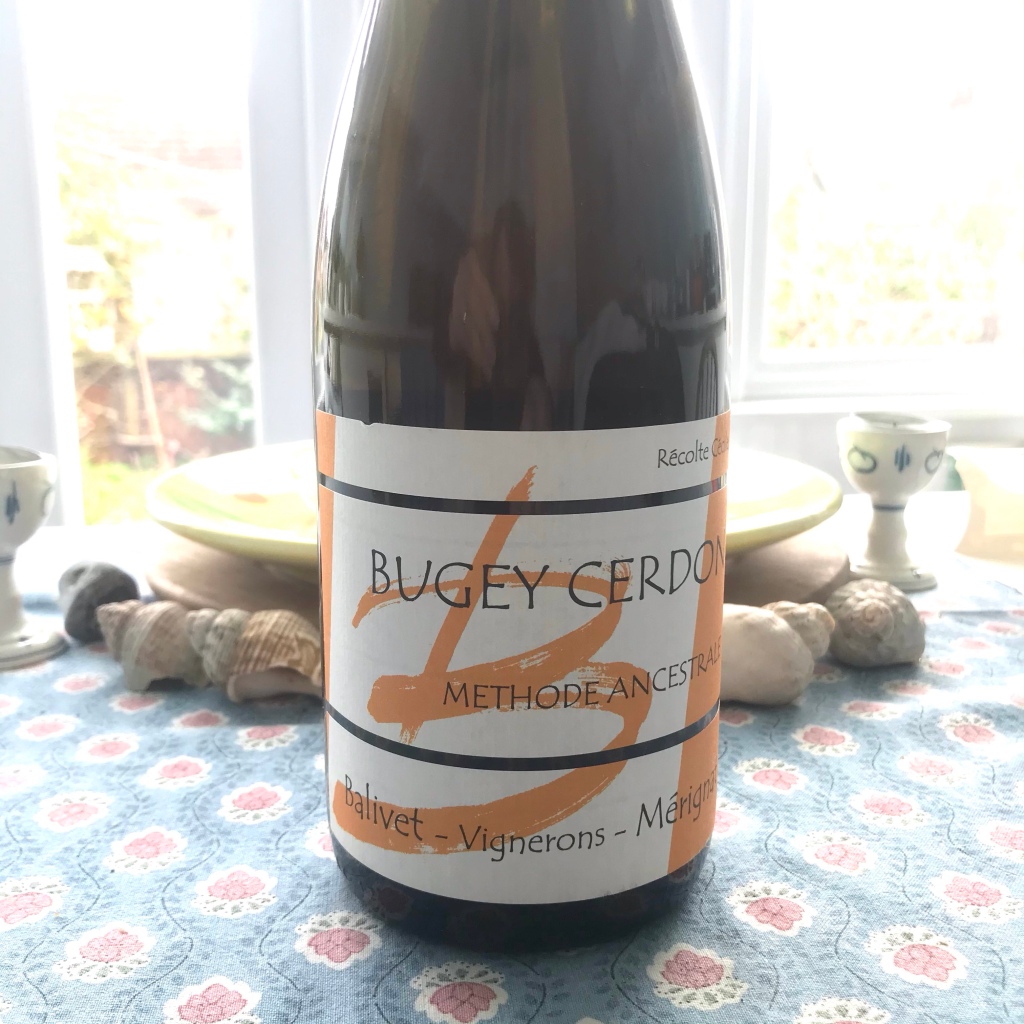
Deutschschweiz
For years Alpine Wines (formerly Nick Dobson Wines) was pretty much the only place to source Swiss wines in the UK. Why people never really explored Swiss wine was a mystery, but one easily solved. The argument went along the lines that Swiss wines were expensive, but as author on Swiss wines, the late Sue Style once said, the only expensive Swiss wines are the poor ones.
The other reason we saw so few Swiss wines in the UK was that the Swiss drank most themselves. Switzerland still only exports around 3% of its production, but as the home market is shrinking this is changing. I’ve been writing about Swiss wine for years, but if one thing frustrates me, it’s the difficulty in exploring the wines of German-speaking Switzerland. It is time we saw a few of these over here, not just wines from Vaud and Valais with a few from Geneva and Neuchâtel thrown in.
Graubunden has rarely been an issue. Daniel and Marta Gantenbein’s winery at Fläsch, in the far east of Switzerland close to Liechtenstein and Austria, is acknowledged as truly world class, and their fame has rubbed off on others locally. We see a few producers from the country’s far east on our shelves, occasionally. If Gantenbein’s wines are rare and expensive (Howard Ripley has an offer right now), then the likes of Fromm (at The Sampler) are a little more affordable.
But Deutschschweiz is not merely Graubunden. It is also sixteen more cantons, in which the regions of Aargau, Schaffhausen, Thurgau, Bundner Herrschaft and Zurich are all making wines gaining a name for themselves in the thriving Zurich wine bars and beyond. I’ve written before about the young winemaker grouping, JungeSchweiz-NeuWinzer. This is no longer limited to the German speaking cantons, but it certainly revived the fortunes of quality wine production within them. With varieties such as Räuschling (once as maligned as Müller-Thurgau) and the rare but potentially brilliant Completer, complementing often excellent Pinot Noir, there’s a lot to explore. I’ve been banging on about these wines for a year or two and I’m hoping to see results soon.
North America
There are other wines we really should be seeing in the UK from outside of Europe. New York States’s Finger Lakes region is one. I bought a Finger Lakes Riesling from The Ten Cases (Covent Garden, London) once. That’s all. With Canada incredibly well covered these days, it’s time that the wines of this albeit small US East Coast wine region should be represented in the UK. There are plenty of wines mentioned in the literature. The Rieslings in particular sound pretty good. If we can find excellent wines from Long Island, and perhaps not quite so excellent wines from Virginia, at least in London if rarely beyond, then we should also have access to Finger Lakes.
Central Europe
There are places which are gaining fans quickly but are reasonably represented. Czechia has its champion in Basket Press Wines, and those who have discovered the wines from this small Central European country have been more than impressed. Next door Slovakia has a few top wineries imported, as does Slovenia. I think this trio will gain more ground very quickly, once more led by the dynamism of the younger natural wine crowd. Hungary has potential too, though the industry is split between tradition and innovation. We just need to broaden their base, from the small importers selling mostly to restaurants, to listings on the shelves of indie wine merchants, where without restaurant mark-ups consumers may be persuaded to try them. Quality is there, without question.

New Germany/Alt-Germany
Austria has driven ahead of what I’d call “Alt-Germany” (named thus after the small “Alt-Mosel” movement). Much as I worship at the altar of German Riesling, I cannot get over the exciting wines being made from less favoured varieties, both white and red. To an extent I think the next generation in Germany, and also dozens of producers with no previous background in wine, have taken note of what the younger generation in Austria are achieving. They are also challenging, under the Landwein designation, Germany’s propensity to legislate artisan experimentation out of the picture.
My frustration here is not that the wines are not coming into the country, but that our small independent wine shops are rarely stocking them. Even those which put Austrian Rotgipfler and Roter Veltliner on their shelves. Come on, folks. Check out importers like Newcomer Wines or Modal Wines and order up some bottles.

Then There’s Greece
Anyone remember Oddbins? That’s the original Oddbins. Back in the 1990s (I think it was) they introduced some fabulous Greek wines to the UK. Then it went very quiet. Today there are a couple of importers who specialise in Greece, and a few more import the odd domaine. Nowadays Greek wine covers the famous (Santorini, Gouménissa/Náoussa, Nemea etc) and the almost unknown. Crete too has undergone a renaissance and her wines are usually great value. Current economics makes export desirable but drinkers here need to catch up. I am convinced that it is merely lack of familiarity which holds people back from stocking one or two.
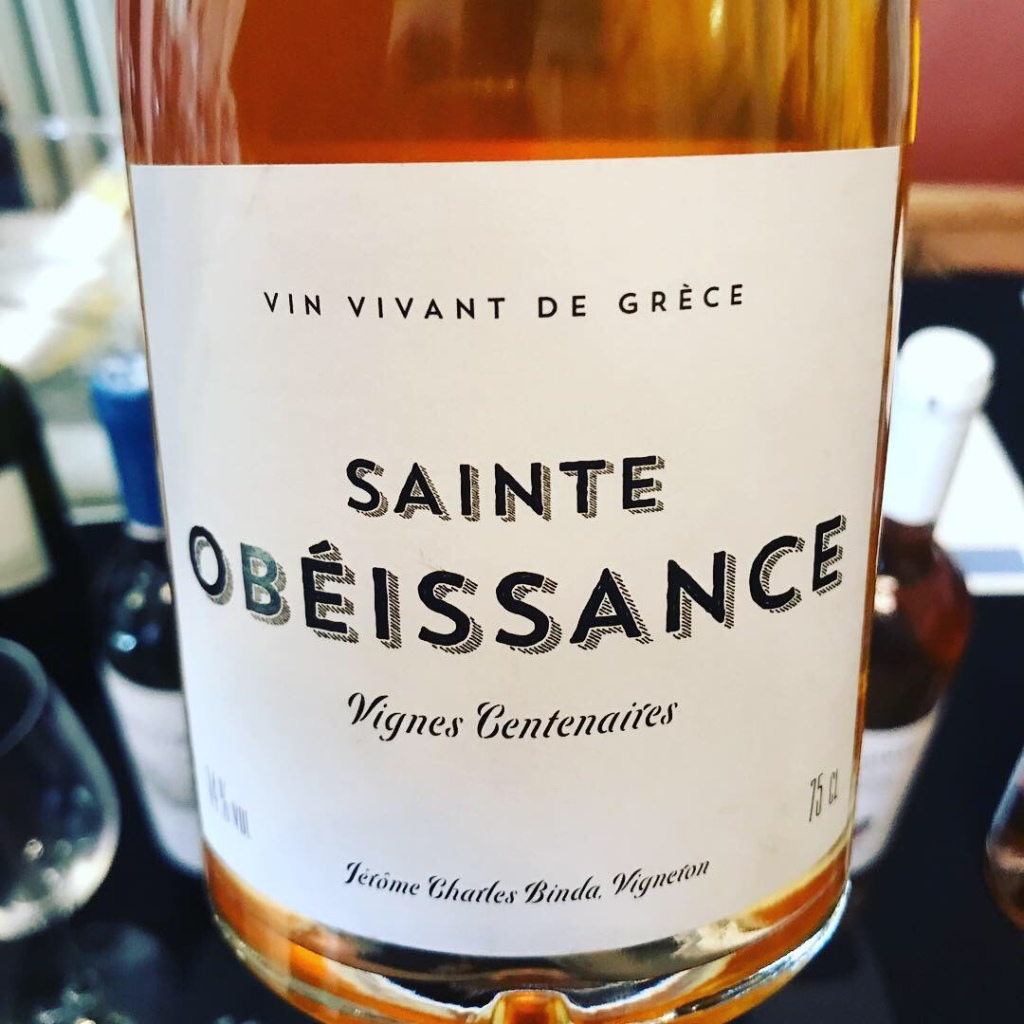
Of all the wines I’ve mentioned above, they almost all share one quality. They are not “modern” wines in the sense that they are clean and characterless. They certainly have bags of personality. But they are wines for a “modern palate”, especially the natural wines. Wines which lack that seriousness which leads people to pontificate over them. They are instead wines for drinking, and often where alcohol levels are low, in the kind of quantity which relieves a thirst (within reason, of course). It’s just that in being a little unfamiliar the wines, merchants and retailers may have to work a little harder to sell them. But just think how your customers will thank you for introducing the more adventurous among them to these delicious new flavours.
So, if you feel smug that you have put your first wines from Burgenland or Arbois on your list, that’s good. But there’s a way to go. These less well-known wines (I refuse to allow esoteric) are not going to fly off shelves or wine lists, unless you make the effort to promote them. But doing so will help you stand out from the crowd (and the wine trade in Great Britain is quite crowded, is it not?).
If you are merely reading this as a consumer don’t be afraid to ask for wines like these. You may not fall in love with all of them, but I’m pretty sure that with an open heart and mind you’ll really enjoy a good many of them. Whilst many traditional wine regions are, for the most part, resting on their laurels, these lesser known producers need to work really hard to get your attention. And they are doing just that.
What I’d really like for Christmas is the chance to see mountains and vineyards again, and to see close family who live overseas. But as I said in my recent article on “Far-Flung Grapes”, you can at least manage a little vicarious travel via some adventurous wine selections. Maybe when stocking up for Christmas ask your favourite wine shop for something a little different.









